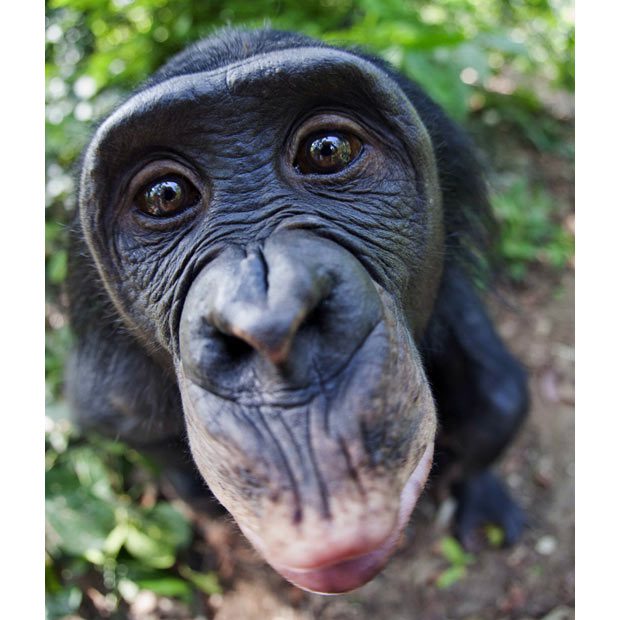Bonobos Apes Found To Communicate Verbally Much Like that of Human Babies
The researchers discovered that the bonobos’ peeps in positive (eating, etc.) and neutral (traveling, resting, etc.) contexts differed from those made in negative (discovering a predator, etc.) context.
An global team of researchers from University of Birmingham, UK and the University of Neuchatel, Switzerland carried out research on wild bonobos and found that individuals in this species produce a call type, known as the “peep” – high-pitched vocalisations which are short in duration and produced with a closed mouth. Bonobos have the skill to do something human babies have been shown to do, namely use a single sound whose meaning varies based on context. She immediately realized that those peeps were being used in a broad variety of situations in order to express an entire spectrum of emotions. However, studying bonobos in the wild is hard due to the unstable political situation in the Congo.
Bonobos communicate in a way that is similar to human babies.
The common assumption is that calls of primates are tightly tied to certain contexts and emotional states, whereas many human vocalizations are freed from this.
“More research needs to be done on our great ape relatives before we can make conclusions about human uniqueness”, said Zanna Clay, one of the researchers, in a news release. Scientists have found that these apes can vocalize in a wide range of emotional states and situations, similar to how human infants are able to produce vocalizations. This is an ability called functional flexibility and, until now, it was a trait believed to only be exhibited by humans. And since it was also found that bonobos do speak to each other in odd noises, much like a child would relay info to their parents, this only adds to the similarity they have to humans, and also may help researchers in further understanding the evolution of human speech.
“When I studied the bonobos in their native setting in Congo, I was struck by how frequent their peeps were, and how many different contexts they produce them in”, said Clay in a statement.
“It became apparent that because we couldn’t always differentiate between peeps, we needed understand the context to get to the root of their communication”.
While humans remain unique in terms of their speech and language capacities, she said, “the foundations underlying these abilities appear to be already present in the last common ancestor we share with great apes”.








